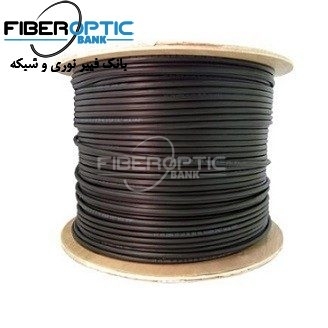connectors are better than hardwiring
Anyone who designs or builds industrial machinery or consumer devices will be confronted with a choice either to “hardwire” cables point-to-point into the system or to use “plug and play” connectors. Although each manufacturer has their own preference, a good case can be made for switching from hardwiring to connectors.
Here are 5 compelling reasons why connector-based wiring can prove to be more practical and economical in the long run than hardwiring:
Time and cost savings
Most industrial equipment contains extensive electrical wiring between its components and sub-systems. When original equipment manufacturers (OEMs) manufacture their products, assembly is often done at the plant prior to shipment. Then the system is disassembled, disconnected and shipped to the end user where it is reassembled. This can be a very time-consuming task if all the cables need to be hardwired into the system, removed and then rewired in the field.
Pre-assembled connectors ensure that equipment manufacturing, installation and maintenance become more efficient, cost effective and reliable as the cables are wired directly into the connectors – making it easier to un-mate and re-mate the connectors at every stage of a product’s subsequent life cycle.
This reduces the total time to termination and completely eliminates the need for field termination. All in all, OEMs can use connectors to complete both orders and installations faster than hardwiring would normally allow.
Flexibility and easier maintenance
With connector-based wiring, components and sub-systems can be disconnected and swapped with others using compatible connectors as needed, thus eliminating the time and cost required to rewire each time equipment is moved, upgraded or changed, enabling greater flexibility within the system as a whole.
This supports the growing trend of modularisation in the industrial sector that allows the systems to be rearranged to perform different shop floor operations or easily disassembled and reassembled during maintenance. Indeed, most connectors themselves are modular and user-configurable to accommodate a combination of transmission media with different voltages, such as signal and power, thus bringing down the total number of cables and connectors required.
Risk of contamination removed
Sensitive electronic equipment designed for harsh industrial environments are usually kept in waterproof and dust proof enclosures to protect them from ingress.
However, if systems need to be rewired for installation and maintenance, these enclosures will need to be opened to terminate the cables. This can raise the risk of immediate contamination while the wiring is underway but the risk of damaging or incorrectly setting the enclosure’s seal when finished is even greater, leading to the possibility of contamination finding its way into the enclosure over time, building up and eventually causing serious damage.
Using connectors eliminates this risk as the mating and un-mating of connectors occurs away from the enclosure. Pre-assembled connectors designed for harsh environments are sealed – both around the connector body and to some extent also around the connection area itself – to protect the wiring terminations against ingress, vibration and temperature extremes.
At most, if any contamination does occur, it would be to the connector and not the electrical/electronic equipment inside the enclosure.
Smaller margin for error
Aside from hardwiring’s obvious drawback when it comes to the amount of time the process takes, another unforeseen cost can be incurred with the possibility of incorrect wiring, either during installation or while undertaking maintenance. The use of connectors allows the installers or maintenance crew to be less skilled to some degree without any risk of damage from incorrect wiring.
Less wastage
Connectors cut down on unnecessary wastage on a range of materials such as expensive cables shortened by repeated rewiring, as well as other electrical consumables such as crimp terminals, all of which can add up over time.
M-Series connectors like Bulgin’s M-Series range are invaluable in industrial automation applications because they make troubleshooting faults fast and easy in comparison to rewiring systems from end to end.
With positive impacts on productivity and cost margins for the manufacturer as well as a lower overall total cost of ownership due to decreased maintenance requirements, this ultimately all adds up to cost savings for both the OEM and the end user.
Source: community.element14
Related products...
fiber-optic-cable
fiber-optic-cable
Micro Fber Optic Cable
















[ratings]